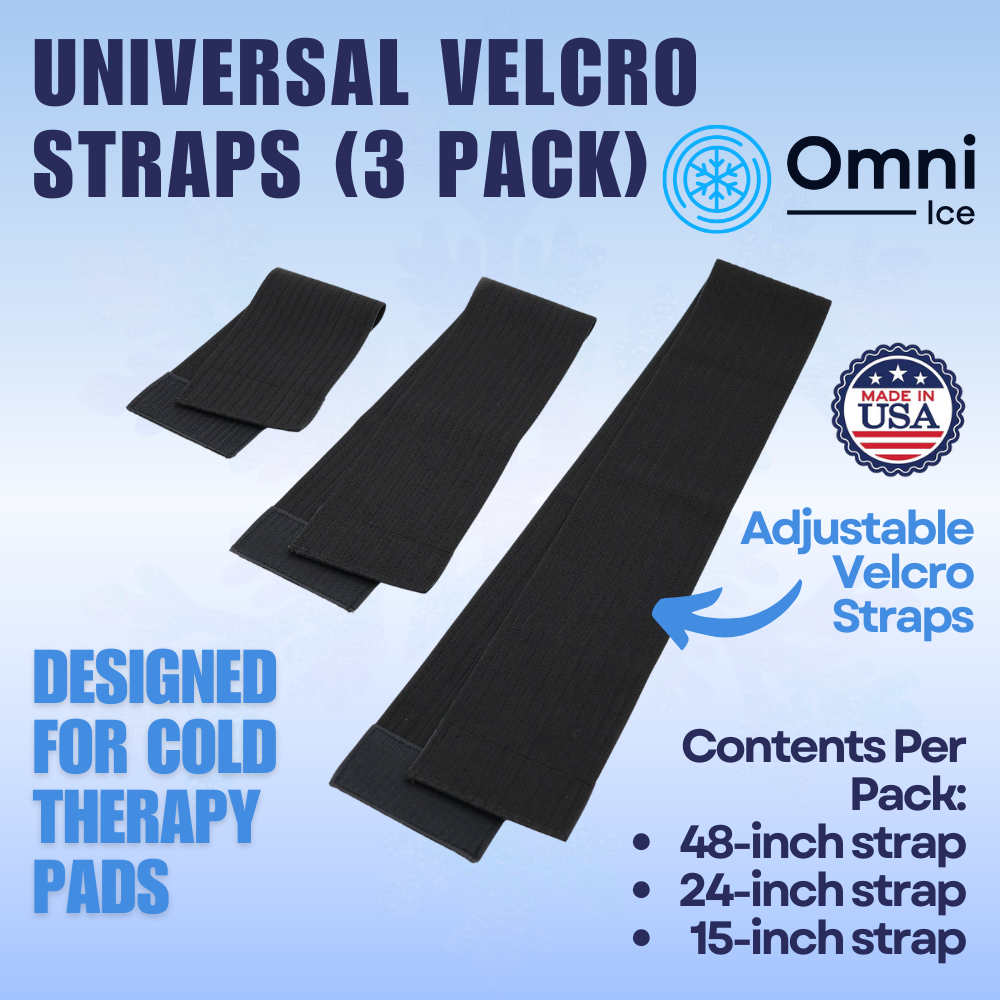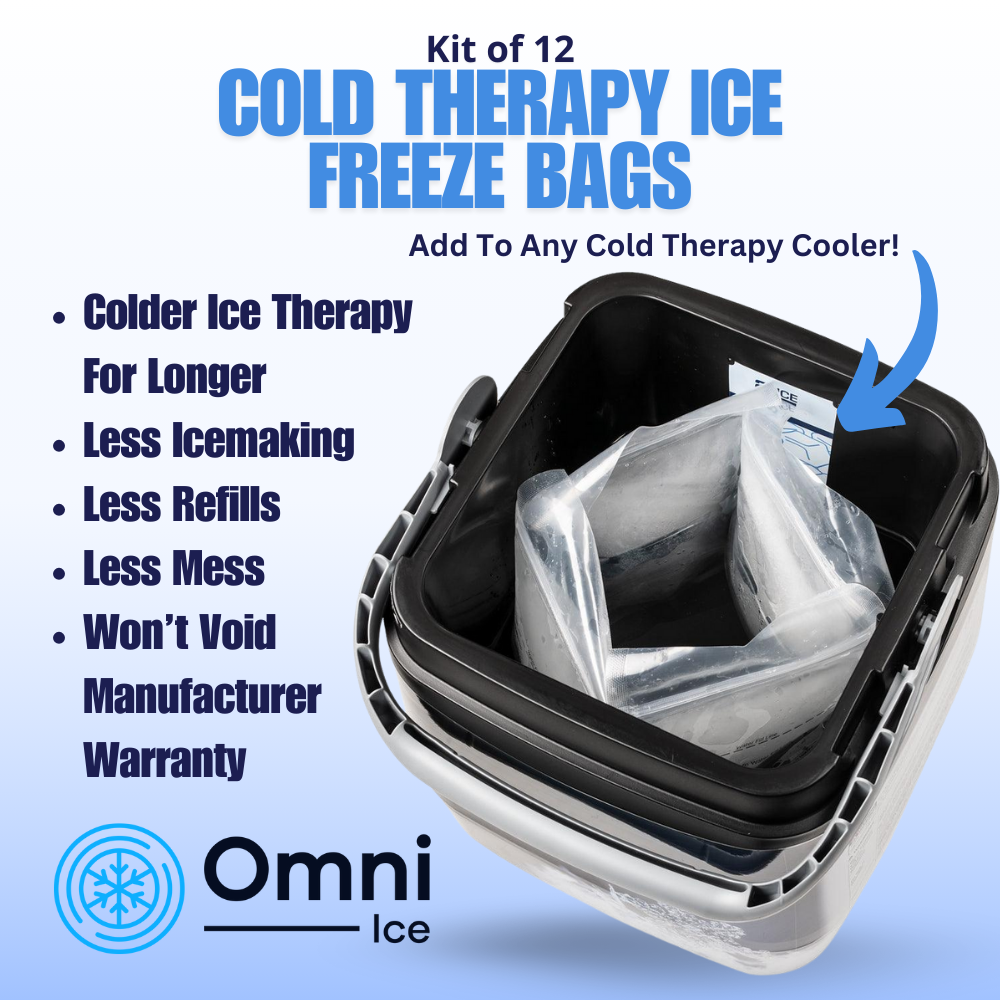Mike Thaler Talks About Exos 627 Back Brace
Recently, Mike Thaler from DonJoy presented a comprehensive guide on using the Exos 627 back brace. It is part of an educational series focusing on medical products and cold therapy. The summary below captures the key elements from his demo.
As with all rehabilitation products, it's important to verify the model number of your item so you can be sure you have the model you ordered. Remember, once you open the packaging, it can't be returned.
The brace arrives in a marked bag and consists of two main components: an interior panel and a corset, both featuring Velcro for secure attachment. To ensure a proper fit, the user's waist is measured one inch above the widest part of the hip, as shown with the patient "Steve," who measures at 36 inches. This measurement is then used to adjust the brace's size accordingly.
The fitting process involves modifying the brace for the patient's circumference, with the BOA dials playing a crucial role. These dials, when pulled out, allow the brace to expand to its largest size, making it easier to fit around the patient. The patient then inserts their right hand into a mitten-like section of the brace, and it's wrapped around them. The interior panel is then Velcroed inside at the bottom of the abdomen for added support.
Once in place, the brace is tightened by pushing in and turning the BOA dials clockwise, ensuring a snug and comfortable fit that supports the lumbar spine and correctly positions at the top of the buttocks and tailbone. To remove the brace, the BOA dials are popped, releasing the tension and allowing the brace to open, though the interior panel remains attached. This demonstration highlights the Exos 627 back brace's ease of use, adjustability, and comfort, making it a valuable tool for back support and therapy.
Summarized User Manual for the Exos 627 Back Brace
- Arrival and Packaging: The Exos 627 back brace arrives in a bag clearly marked with the number 627.
-
Components: There are two main components in the package:
- Interior Panel: Designed to sit against the front of the abdomen, at the top of the pelvis, featuring Velcro for attachment.
- Corset: This component, also equipped with Velcro, forms the primary structure of the brace.
Sizing and Adjusting the Brace for Maximum Support and Comfort
- Measurement: The correct size is determined by measuring the patient one inch above the widest part of the hip. For example, in the video, the patient "Steve" measures 36 inches.
- Setting the Size: Corresponding measurements are indicated on the brace. The video demonstrates adjusting the brace to a 36-inch waist by altering the Velcro settings.
Fitting the Brace
- Modifying for Circumference: Once adjusted for the waist size (up to 36 inches in this instance), the brace is ready for fitting.
- Adjustment Mechanism: The brace employs 'BOA' dials for adjustment. Pulling these out separates the brace to its largest extent.
-
Patient Assistance: The patient is instructed to put their right hand into a mitten-like section and the brace is wrapped around them.
- The interior panel is Velcroed inside the brace, sitting at the bottom of the abdomen.
- The brace is then securely wrapped around the patient, ensuring it is tight and comfortable.
Tightening and Securing the Brace
- Securing Mechanism: The BOA dials are pushed in and turned clockwise to tighten the brace.
- Fit and Comfort: Once tightened, the brace fits snugly, supporting the lumbar spine and sitting correctly at the top of the buttocks and the tailbone.
Removing the Brace
- Release Mechanism: To remove the brace, the BOA dials are popped, which releases the tension and opens the brace.
- Interior Panel: Even upon opening, the interior panel remains Velcroed in place within the brace.
So there you have it. Hopefully, we've shown you the ease of use, adjustability, and comfort of the Exos 627 back brace. This instructional video serves as a valuable resource for users to understand the proper fitting and usage of the brace, ensuring optimal support and therapeutic benefits.









